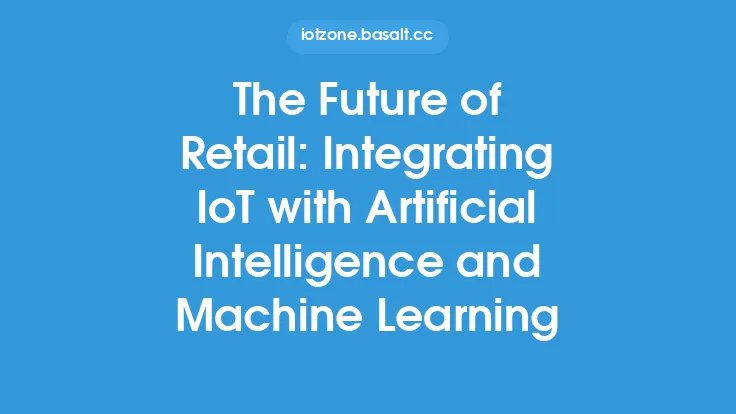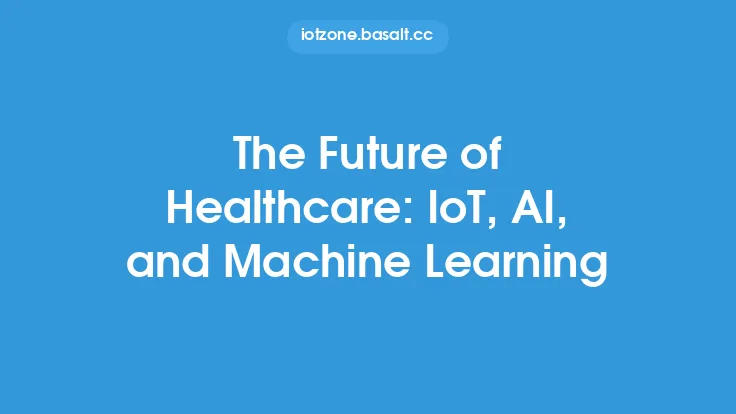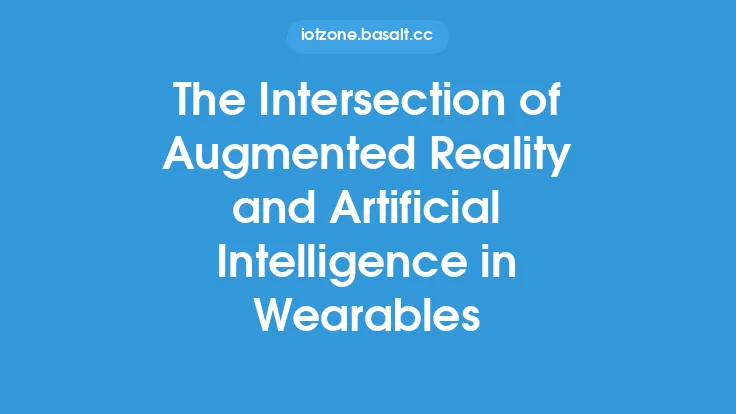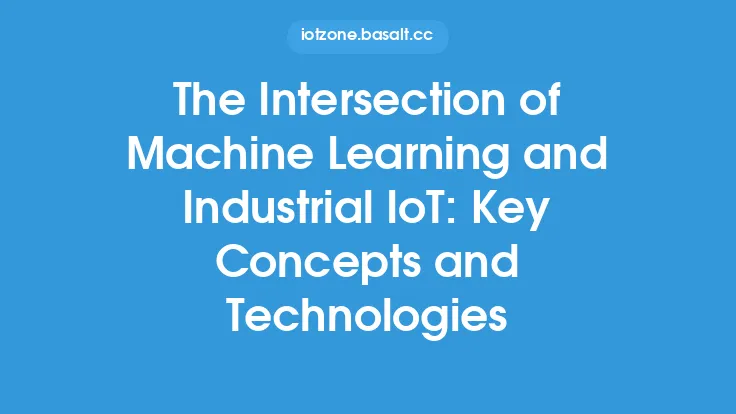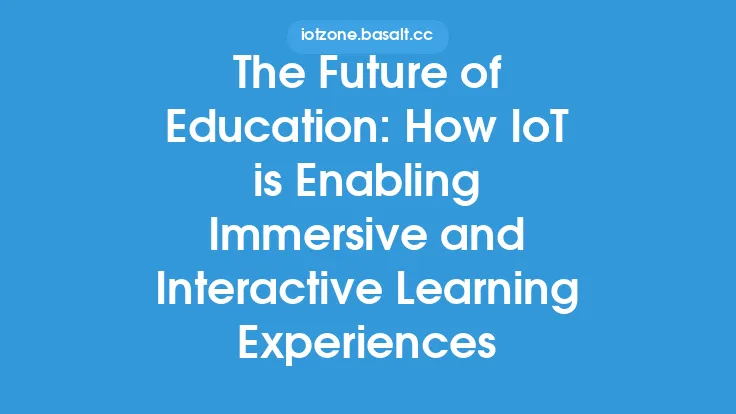The integration of Internet of Things (IoT) technology with artificial intelligence (AI) and machine learning (ML) is transforming the agricultural industry in profound ways. By leveraging the power of connected devices, data analytics, and intelligent systems, farmers and agricultural professionals can optimize crop yields, reduce waste, and improve resource allocation. This convergence of technologies is giving rise to a new era of farming, one that is more efficient, sustainable, and productive.
Introduction to IoT in Agriculture
IoT in agriculture refers to the use of connected devices, sensors, and systems to collect and analyze data from farms, fields, and livestock. This data can include temperature, humidity, soil moisture, crop health, and other factors that impact agricultural productivity. By analyzing this data, farmers can gain valuable insights into their operations and make informed decisions about planting, harvesting, and resource management. The use of IoT in agriculture is not new, but the integration of AI and ML is taking it to the next level.
Artificial Intelligence in Agriculture
Artificial intelligence is being used in agriculture to analyze data from IoT devices and make predictions about crop yields, soil health, and weather patterns. AI algorithms can identify patterns and anomalies in the data, allowing farmers to take proactive measures to prevent crop diseases, pests, and other issues. For example, AI-powered systems can analyze satellite images and sensor data to detect early signs of crop stress, enabling farmers to take corrective action before it's too late. AI can also be used to optimize crop selection, planting schedules, and harvesting times, leading to improved yields and reduced waste.
Machine Learning in Agriculture
Machine learning is a subset of AI that involves training algorithms on large datasets to make predictions and decisions. In agriculture, ML is being used to develop predictive models that can forecast crop yields, soil moisture levels, and weather patterns. These models can be trained on historical data and updated in real-time with new data from IoT devices. For example, an ML model can be trained to predict the likelihood of a crop disease based on factors such as temperature, humidity, and soil moisture. This allows farmers to take proactive measures to prevent the disease, reducing the need for pesticides and other chemicals.
Integration of IoT, AI, and ML
The integration of IoT, AI, and ML is creating a new paradigm for farming, one that is more efficient, sustainable, and productive. By leveraging the power of connected devices, data analytics, and intelligent systems, farmers can optimize crop yields, reduce waste, and improve resource allocation. For example, an IoT system can collect data on soil moisture levels, which can be analyzed by an AI algorithm to determine the optimal irrigation schedule. This schedule can then be executed by an automated irrigation system, ensuring that crops receive the right amount of water at the right time.
Technical Requirements
The integration of IoT, AI, and ML in agriculture requires a range of technical capabilities, including data storage, processing, and analytics. Cloud-based platforms are often used to store and process the large amounts of data generated by IoT devices. These platforms can provide real-time analytics and insights, enabling farmers to make informed decisions about their operations. Additionally, edge computing is being used to process data closer to the source, reducing latency and improving real-time decision-making.
Benefits and Challenges
The integration of IoT, AI, and ML in agriculture offers a range of benefits, including improved crop yields, reduced waste, and improved resource allocation. However, there are also challenges to be addressed, including data quality, security, and interoperability. Ensuring that data is accurate, reliable, and secure is critical to the success of IoT, AI, and ML in agriculture. Additionally, interoperability between different systems and devices is essential to creating a seamless and integrated farming experience.
Future Directions
The future of farming is likely to be shaped by the continued integration of IoT, AI, and ML. As these technologies evolve, we can expect to see even more innovative applications in agriculture, including autonomous farming systems, precision livestock management, and vertical farming. The use of IoT, AI, and ML in agriculture is also likely to have a positive impact on the environment, reducing waste, improving resource allocation, and promoting sustainable farming practices.
Real-World Applications
There are many real-world applications of IoT, AI, and ML in agriculture, including precision farming, livestock monitoring, and crop prediction. For example, a farm in the United States is using IoT sensors and AI algorithms to optimize crop yields and reduce waste. The system collects data on soil moisture levels, temperature, and humidity, which is analyzed by an AI algorithm to determine the optimal irrigation schedule. This has resulted in a 20% increase in crop yields and a 15% reduction in water usage.
Conclusion
The integration of IoT, AI, and ML is transforming the agricultural industry in profound ways. By leveraging the power of connected devices, data analytics, and intelligent systems, farmers and agricultural professionals can optimize crop yields, reduce waste, and improve resource allocation. As these technologies continue to evolve, we can expect to see even more innovative applications in agriculture, leading to a more efficient, sustainable, and productive food system.
